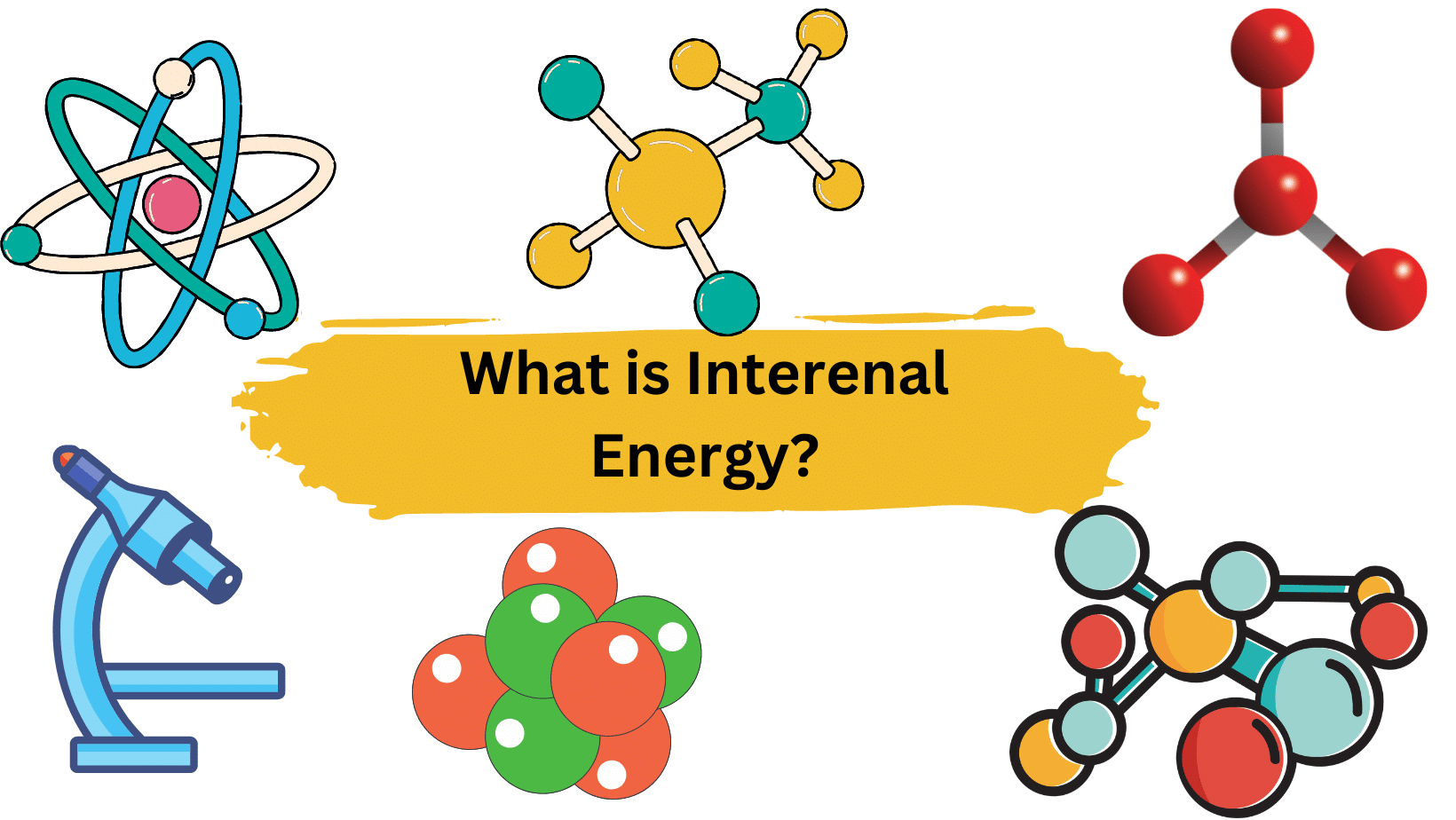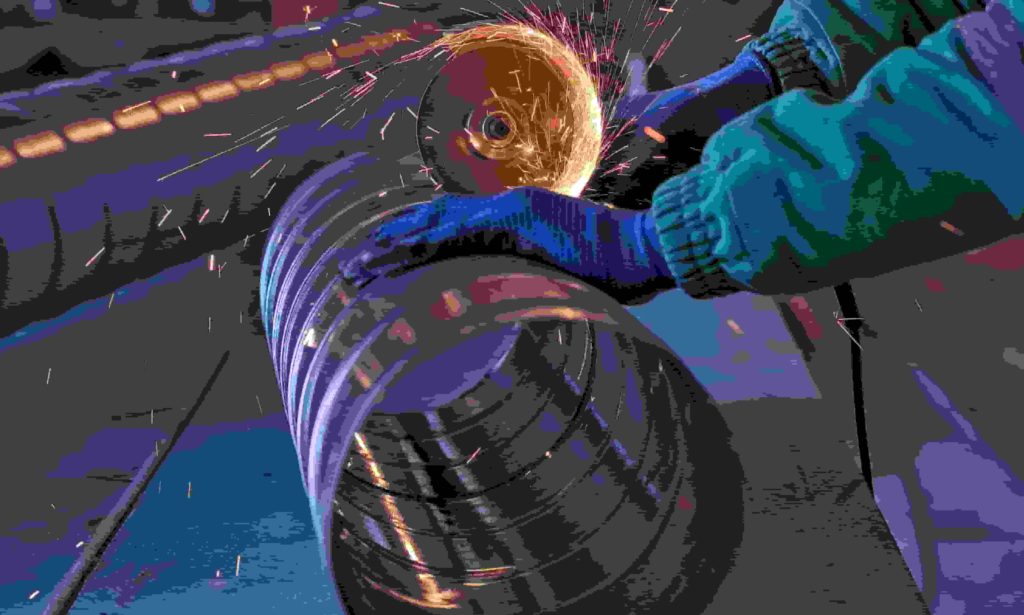Displacement is a vector with a length equal to the shortest distance between the initial and final positions of a moving object.
The term “displacement” refers to a vector. This means it has both a direction and a magnitude, and it is visually depicted as an arrow pointing from the starting point to the ending location.
The amount or magnitude of the displacement between two places is defined as distance.
The total length of the path between two points is known as the distance traveled. There is no such thing as a vector for distance traveled. It has no negative signs because it has no direction.
- Displacement is the shortest distance between two points
- It is a vector quantity and can have zero, positive or negative value
- The displacement between two points is either equal to less than the distance between both points.
- Its unit is a meter
Frequently Asked Questions (FAQs)
1. What is a state function?
A state function is a property that depends on the state of a system and is independent of the path taken to get it. Pressure and temperature, for example, are state functions.
2. What is air?
Air is a homogeneous mixture of different gasses. The air in the atmosphere is composed of nitrogen, oxygen (which is required for animal and human life), carbon dioxide, water vapor, and trace amounts of other elements (argon, neon, etc.). At higher elevations, air contains ozone, helium, and hydrogen.
3. What is Angular displacement?
The shortest angle between the starting and end locations of an item traveling in a circular motion around a fixed point is defined as angular displacement. Because it is a vector quantity, angular displacement has a magnitude and a direction associated with it.
4. Linear motion?
Linear motion (also known as rectilinear motion) is a one-dimensional motion along a straight line that can be represented mathematically with only one spatial dimension. Linear motion is defined as movement along a straight path, whereas nonlinear motion is any movement that is not in a straight line.
5. Uniform circular motion?
Uniform circular motion is described as the constant-speed movement of an item in a circle. An object in uniform circular motion moves at a constant pace. Despite this, it is speeding as a result of its shift of course.
6. instantaneous velocity?
Instantaneous velocity is defined as the rate of change of velocity during a very short period of time.
7. Surface charge density?
Surface charge density (σ) is the quantity of charge per unit area, measured in coulombs per square meter (C⋅m−2), at any point on a surface charge distribution on a two-dimensional surface.
8. Linear acceleration?
Linear acceleration occurs when the velocity of an object traveling in a straight line increases or decreases over time.
More Links
Atmospheric Pressure| Definition & Examples
Can Force be Negative?| Easy Explanation
Kinetic Energy Formula
The Otto Cycle| A Simple Overview
Energy-The Ability to do Work
Centripetal Acceleration| 9- Easy Examples
Velocity Time Graph
- BCl3 Lewis Structure in four simple steps - November 1, 2023
- PH3 Lewis Structure in four simple steps - October 8, 2023
- PF3 Lewis structure in four simple steps - September 24, 2023



